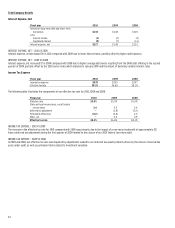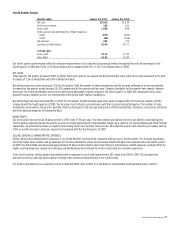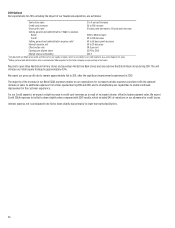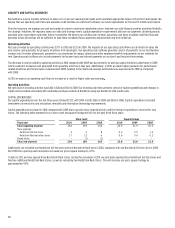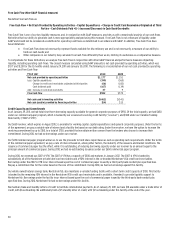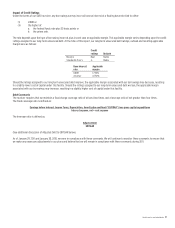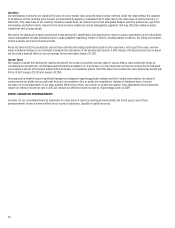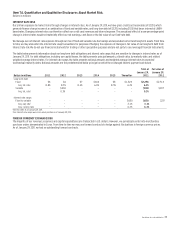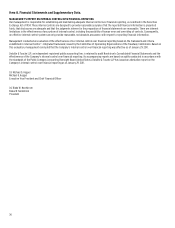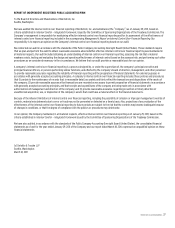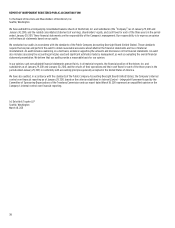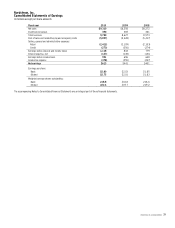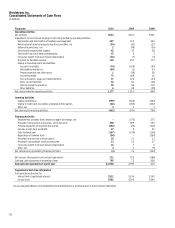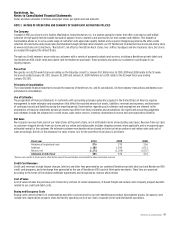Nordstrom 2010 Annual Report Download - page 42
Download and view the complete annual report
Please find page 42 of the 2010 Nordstrom annual report below. You can navigate through the pages in the report by either clicking on the pages listed below, or by using the keyword search tool below to find specific information within the annual report.34
Inventory
Our merchandise inventories are stated at the lower of cost or market value using the retail inventory method. Under the retail method, the valuation
of inventories and the resulting gross margins are determined by applying a calculated cost-to-retail ratio to the retail value of ending inventory. To
determine if the retail value of our inventory should be marked down, we consider current and anticipated demand, customer preferences, age of the
merchandise and fashion trends. Inherent in the retail inventory method are certain management judgments that may affect the ending inventory
valuation as well as gross margin.
We reserve for obsolescence based on historical trends and specific identification. Our obsolescence reserve contains uncertainties as the calculations
require management to make assumptions and to apply judgment regarding a number of factors, including market conditions, the selling environment,
historical results and current inventory trends.
We do not believe that the assumptions used in these estimates will change significantly based on prior experience. In the past three years, we have
made no material changes to our estimates included in the calculations of the obsolescence reserve. A 10% change in the obsolescence reserve would
not have had a material effect on our net earnings for the year ended January 29, 2011.
Income Taxes
We regularly evaluate the likelihood of realizing the benefit for income tax positions we have taken in various federal, state and foreign filings by
considering all relevant facts, circumstances and information available to us. If we believe it is more likely than not that our position will be sustained,
we recognize a benefit at the largest amount which we believe is cumulatively greater than 50% likely to be realized. Our unrecognized tax benefit was
$43 as of both January 29, 2011 and January 30, 2010.
Unrecognized tax benefits require significant management judgment regarding applicable statutes and their related interpretation, the status of
various income tax audits and our particular facts and circumstances. Also, as audits are completed or statutes of limitations lapse, it may be
necessary to record adjustments to our taxes payable, deferred tax assets, tax reserves or income tax expense. Such adjustments did not materially
impact our effective income tax rate in 2010, but reduced our effective income tax rate by 1.8 percentage points in 2009.
RECENT ACCOUNTING PRONOUNCEMENTS
See Note 1 to our consolidated financial statements for a discussion of recent accounting pronouncements. We do not expect any of these
pronouncements to have a material effect on our results of operations, liquidity or capital resources.


